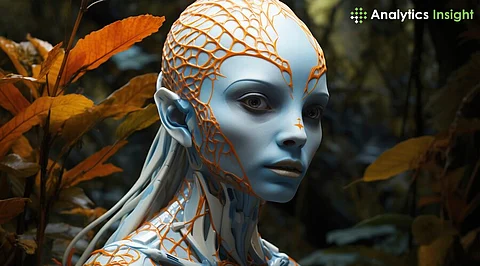

Artificial intelligence (AI) is frequently seen as the cutting-edge technology that will transform industries and make the lives of humans easier. AI has advanced significantly in recent years, from self-driving cars to tailored suggestions on streaming platforms. However, there is some amount of risk involved with every kind of technology. With AI, a major concern involved is AI hallucinations. AI Hallucinations is a problem which was never anticipated before and it has the potential to spell disaster if there are no solutions implemented.
Why should the world be very concerned about AI hallucinations? Let’s deep dive into the risks in this Analytics Insight article:
AI hallucinations are the ability of an artificial intelligence tool to generate false or imaginary information that contradicts reality. These "hallucinations" usually happen when AI fabricates irrelevant data. Essentially, the AI tool may "imagine" something that does not exist, which can cause several issues in critical industries like healthcare, self-driving vehicles, finance and security systems.
Consider an AI employed in a clinic that incorrectly diagnoses an illness because of not understanding a patient’s symptoms thoroughly. What if a self-driving car that "hallucinates" a speed breaker on the road even though it doesn’t exist, causing the brakes to trigger unnecessarily? These are nightmares, aren’t they?
Find a detailed breakdown of the causes behind AI hallucinations here:
Training Data Issues: AI models depend on large datasets to make decisions or predictions. If the datasets are incomplete or biased, the model can learn patterns that are not truly representative of reality. This is the main reason behind the fabrication of false realities.
Model Overfitting: Overfitting occurs when an AI model becomes too closely tied to the training data, and this can lead to “overthinking” and making conclusions that don't align with real-world scenarios. Whenever AI starts relying too heavily on irrelevant features of the data, hallucinations can happen.
Misinterpretation of Input: Sometimes, the way AI interprets input can lead to weird outputs. For instance, an image-recognition AI tool might misinterpret an image of a dog as a cat, or it might "hallucinate" objects in a scene that are non-existent. This happens when the model fails to understand specific details and patterns.
Algorithmic Limitations: Each AI model has its limitations, and some algorithms are not very advanced and this may lead to the failure of processing complex data. In these cases, hallucinations happen when there are errors in judgment.
For AI technology to be reliable and trustworthy, it is important to realize that the prevention of any AI-related problems is vital.
Analytics Insight has listed out the best solutions that can be implemented:
Improved Data Quality: It is critical to train AI models on high-quality datasets. Precise data can lessen the chances of AI hallucinations by assisting the computer in learning patterns that reflect real-world situations.
Regular Model Testing: AI models should be tested and monitored regularly to ensure they are not making incorrect predictions or misinterpreting data. Prevention is the key to swiftly detecting and rectifying problems.
Bias Mitigation: Developers should actively seek to discover and eliminate biases in AI models. Diversity in datasets is crucial to ensure that the AI system gives fair and unbiased outputs.
Improved Algorithms: Better algorithms can prevent AI hallucinations. AI systems can become more dependable by developing algorithms capable of processing and analyzing complex data and solutions.
AI hallucinations demonstrate that even artificial intelligence has a lot of scope for improvement. While AI can offer excellent assistance in every industry, issues continue to happen. Understanding the causes of AI hallucinations allows us to work on developing AI systems to make them more accurate, dependable, and safe for everyone. As we move forward, we must remain vigilant on these problems to guarantee that AI technology serves humanity in the best way possible.
